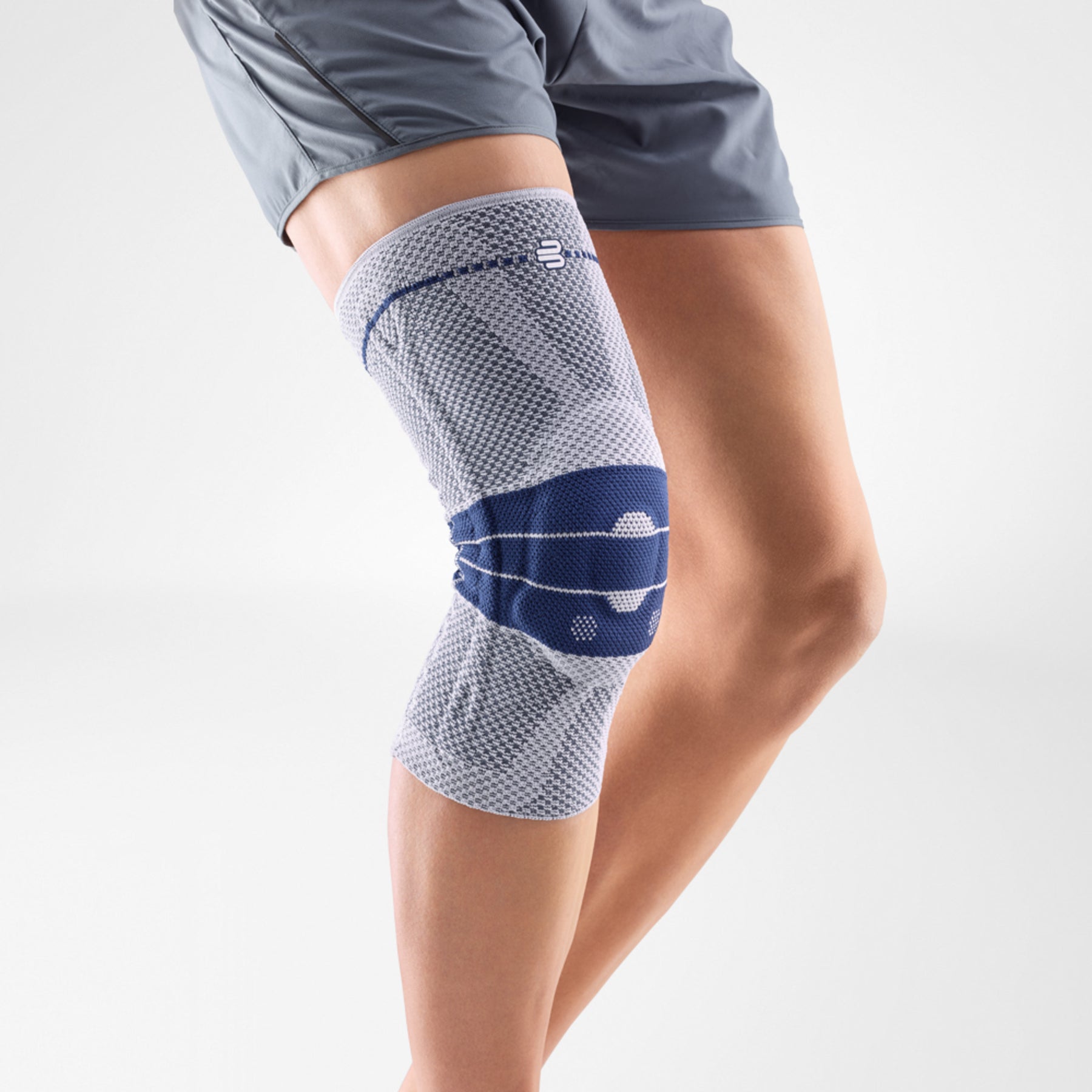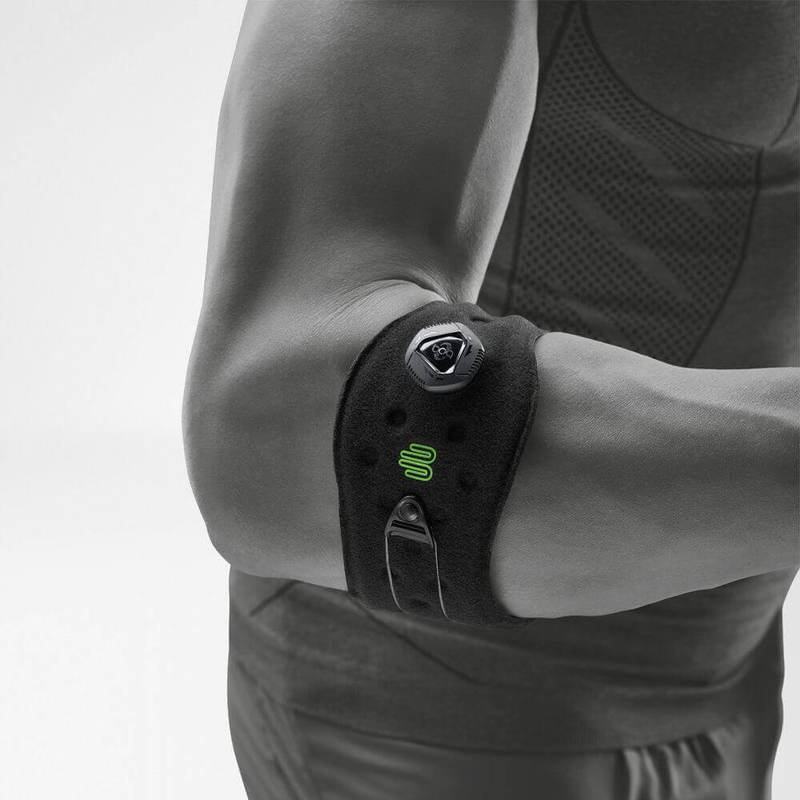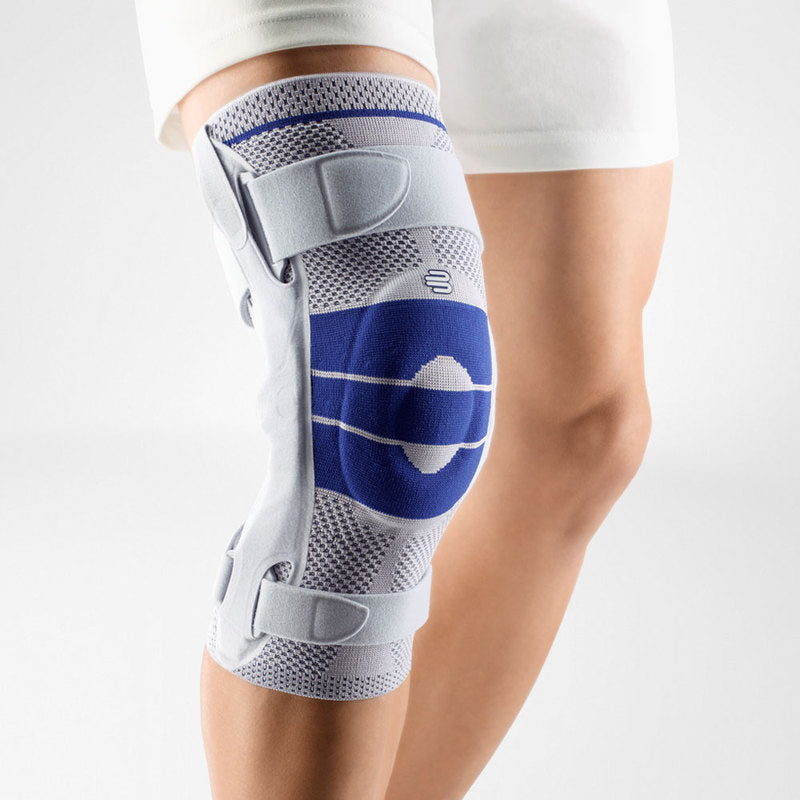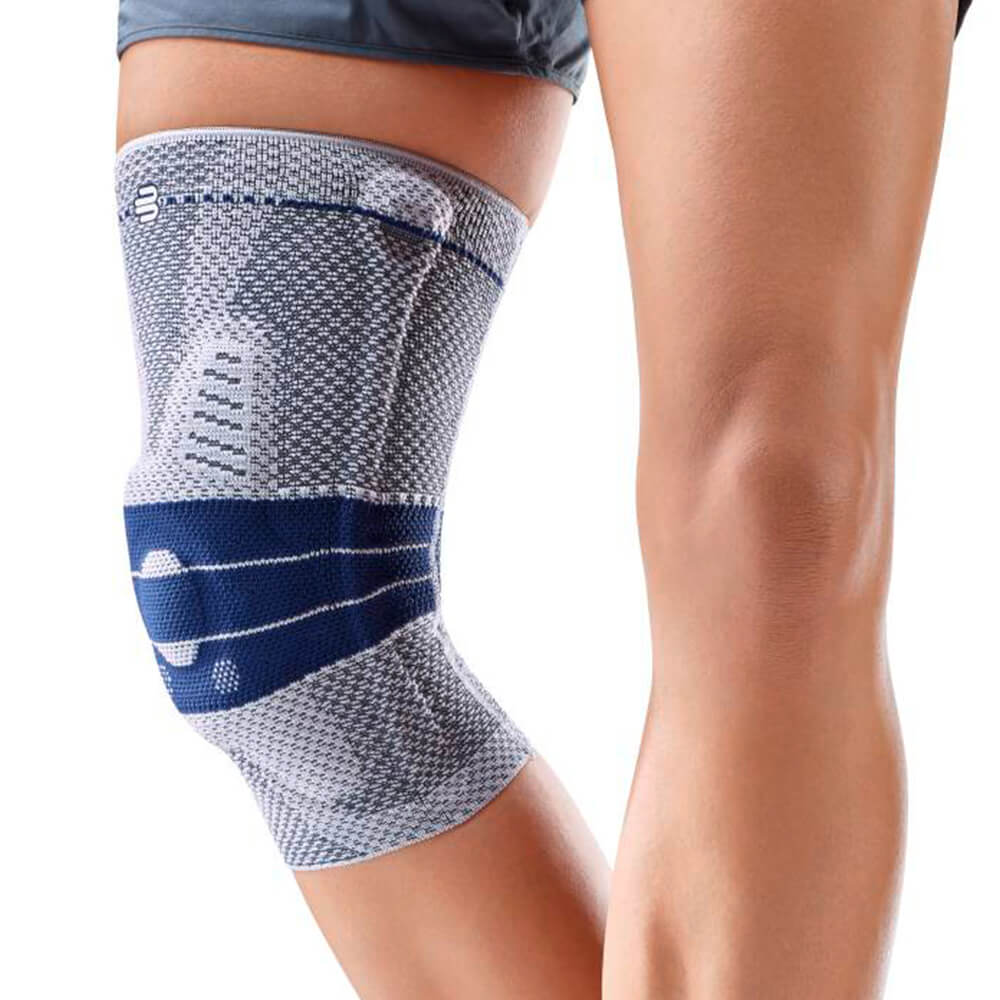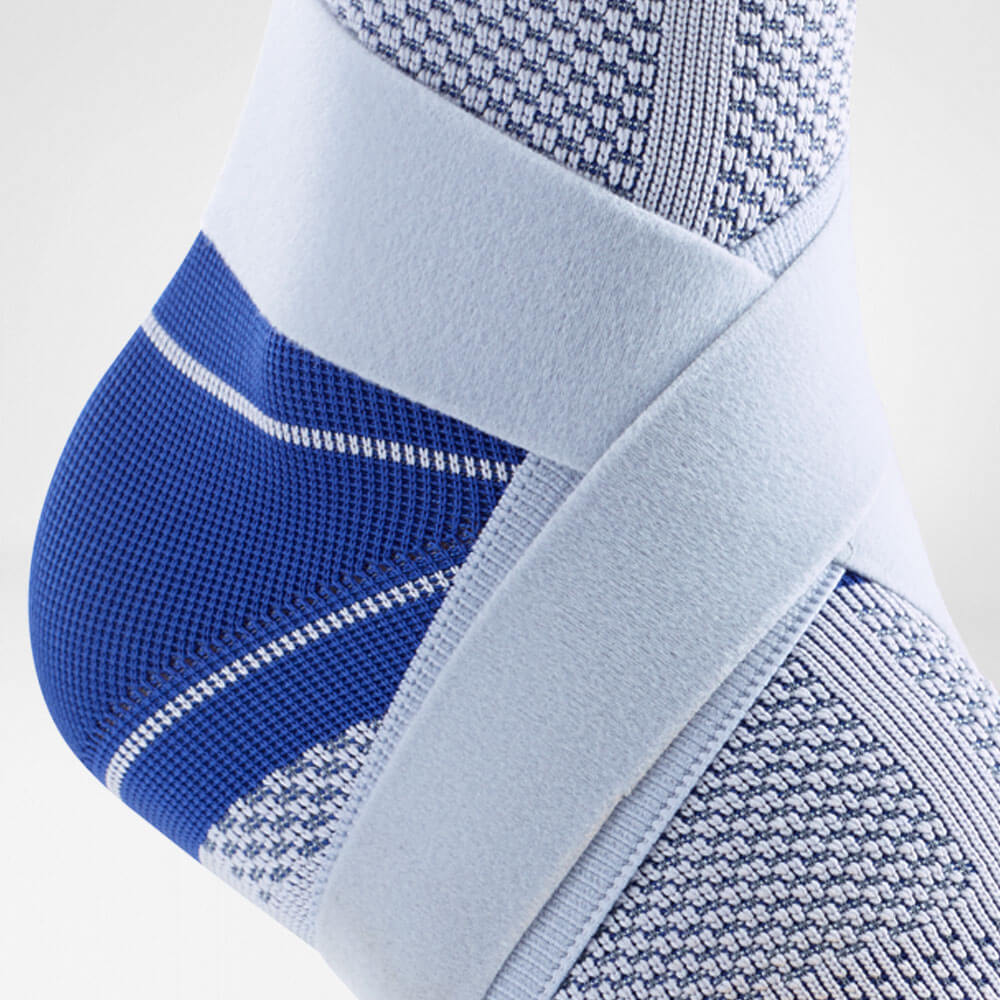Spondyloarthrosis: Joint Disease Of The Vertebral Column
The vertebral column is a complex structure in our back, which consists of approximately 33 bones, called the vertebrae. It holds and protects the sensitive spinal cord and nerve endings located in our back.
The vertebral column is crucial for maintaining good posture and facilitating movement. Wear and tear of the cartilage within the vertebral joints can lead to sharp pain and severely restricted mobility, which is often a sign of spondyloarthrosis.
The condition is degenerative, i.e. the damage is irreversible, and the best course of treatment aims to slow the progression of the disease and manage the symptoms to provide relief to the patient.
In chronic cases, bony thorns, called spondylophytes, form on the outer edges of the vertebrae. These extensions can fuse and alter the shape of the spine, which can consequently result in severe pain and stiffness in the back experienced by the patient.
Causes Of Spondyloarthritis
Spondyloarthritis, also known as facet syndrome, is typically a disease of old age. However, it is not limited to a certain age population. Factors that can increase the risk of developing the condition, even in young people; include:
- Pre-existing inflammatory diseases in the back
- Presence of tumours in the back
- Osteoporosis
- History of herniated discs
- Muscle weakness
- Malposition of the back referred to as ‘hollow back’
- Pre-existing scoliosis
- Lack of exercise and obesity
Spondyloarthritis Symptoms

Spondyloarthrosis can affect all areas of the spine. In most cases, the lumbar region of the back is affected. The lumbar spine is curved and is typically under a lot of stress.
Wear and tear of the spine results in a loss of stability in the structure. Consequently, the ligaments are unable to prevent the vertebrae from shifting. A patient then experiences localised pain in the affected region. This pain intensifies under any stress like standing, walking or lifting things.
Some commonly associated symptoms include:
- Dull constant pain in the back area
- Stiffness and severely restricted mobility
- Radiating pain down the legs
- Muscle tension
In chronic cases, the development of bone growths can lead to changes in the spinal structure. As a result of the spine being compromised, the patient will experience severe pain.
Diagnosis For Spondyloarthrosis
An orthopedic specialist is the best person of contact for an effective treatment course.
Spondyloarthrosis X Ray
The physician begins with a complete physical examination to understand the extent of progression of the disease. Sophisticated imaging technology, including X-rays and MRI’s, can be used to study the damage to the cartilage and presence of bony growths.
Complete patient history can help assess the role of pre-existing conditions, such as rheumatism and hereditary triggers. A complete assessment and detailed diagnosis allow the specialist to create an effective plan of treatment.
Treatment From Spondyloarthrosis
Spondyloarthrosis is a degenerative disease, where the damage is irreversible and the treatment for the condition is primarily centred around pain relief and slowing the progression of the disease.
Non-Surgical Treatment
Lifestyle Changes
Lifestyle changes in the early stages of the condition can help slow the progression. Avoiding stressful activities, like intensive manual labour and vigorous exercise, is an effective measure a patient can take in their daily life.
Healthy nutrition and weight loss can help reduce the strain on the back and is beneficial in managing spondylarthritis.
Rehabilitation And Physiotherapy
Regulated physiotherapy helps with weight loss and targeted muscle building and is a proven effective treatment path. The prescribed exercises can help promote reorganisation within the muscles and are the most effective option to curb the disease.
Encouraging healthy proprioception and muscle strengthening helps prevent long term degeneration and can slow the progression of spondyloarthrosis. It is important to promote mobility as movement ensures smooth functioning of the joints.
Prescribed Medication
Medication, such as Ibuprofen or Panadol, can be used to help alleviate pain and discomfort in patients. Pain, however, is a crucial indicator of the injury. Painkillers merely mask the pain without addressing the underlying condition. Long term use of painkillers has side-effects and can be counterproductive.
Spondyloarthrosis may have associated swelling. Anti-inflammatory medication can also be used to effectively manage the symptoms and provide much needed relief to the back region.
Medical Back Orthosis
It is highly recommended that ample support to the back is provided through the use of a medical back brace. The targeted compression and support that braces provide can help boost stability and muscle activation and reduce the possibility of further injury. Additionally a comfortable and well designed back brace should also reduce the need for reliance on painkillers with medical studies* showing by up to 52% as well as 4.8 fewer sick days due to back pain. Back braces compensate for weak muscles in the spine and provides stability. Targeted compression, that the braces provide, helps to boost circulation and reduce the possibility of effusions and edema.
Wearing a Bauerfeind brace, like the LumboLoc or Spinova Unload Classic, can minimise the chances of further or re-injury by providing enhanced stability, proprioception and medical-grade compression.
Surgical Intervention
Operative surgery is considered only in extreme cases where symptoms are persistent, and all conservative treatments have been exhausted. In chronic conditions involving bone growth, surgery might be needed to restore mobility. The bony growths may fuse in odd places and alter the structure of the spine.
What Is The Best Back Brace For Arthritis (Spondyloarthritis)?

Stabilising medical back braces are instrumental in managing spondyloarthrosis in mild cases.
Bauerfeind’s LumboLoc Back Brace provides much-needed support and stability to the spine. The stays on the brace can be freely contoured for a comfortable fit. The LumboLoc supports the muscles in the back and abdomen and provides relief from pain within the lumbar spine region. The brace is perfect to encourage healthy proprioception and is instrumental in preventing the disease from progressing.
In advanced cases of spondyloarthrosis, Bauerfeind’s Spinova Unload Classic proves to be most effective. This brace features malleable rods that provide support not only to the facet joints but also the surrounding areas.
The integrated corset bars stabilise the back and exert necessary pressure on the abdomen to promote correct posture as well as relieve pain. The Spinova Unload Classic and its proprietary design can be worn throughout the course of the disease, from initial stabilisation to later mobilisation.



